Every town has its history. Obvious, right? But it’s easy to forget, as we go about our lives, going to work, feeding the kids and so on, just how much history Delta actually has.
While it’s nothing close to a London or, heck, even Vancouver, there’s still quite a few strange tidbits we’ll guess you never even considered about Delta.
Here are 10 such tidbits, provided by Darryl MacKenzie from the Delta Museum.
Delta isn’t a city – it’s a business corporation
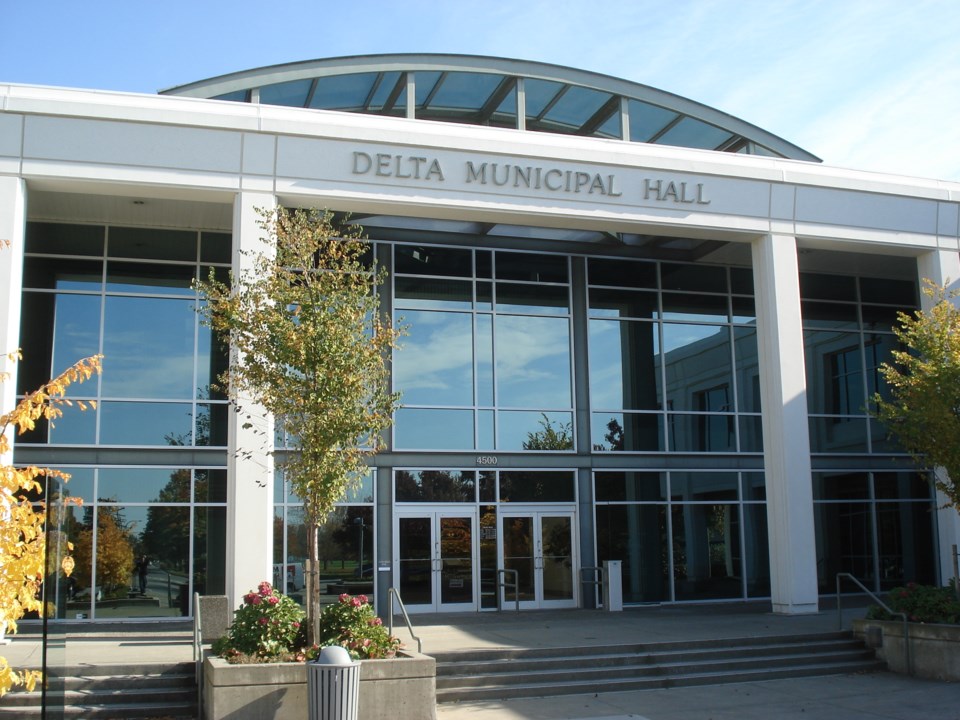
When it was incorporated in 1879, Delta was deemed a corporation, as municipalities are when they become self-governing entities. While every municipality is in fact a corporation, Delta council has never changed its name, as other municipalities have done to “Town” or “City.”
There is no downtown for Delta, only business districts for communities within Delta. North Delta has no central core, but shares a business district with Surrey. When incorporated in 1879, Ladner (then a village) was made Delta’s administrative centre.
Delta was a marshy wasteland
OK, maybe not a "wasteland." George Vancouver missed the mouth of the Fraser River because he arrived during the spring freshet (a flood resulting from heavy rain in the region). His maps show the Delta as one large swamp, with Boundary Bay and the mouth of the Fraser almost connected, and Tsawwassen as an island.
During the rest of the year, Delta was difficult to travel through due to the size of the marsh. Ladner Trunk Rd. was originally a corduroy road, made of sand-covered logs, and was designed to float on the marshy lowlands.
Point Roberts is bigger than it should be
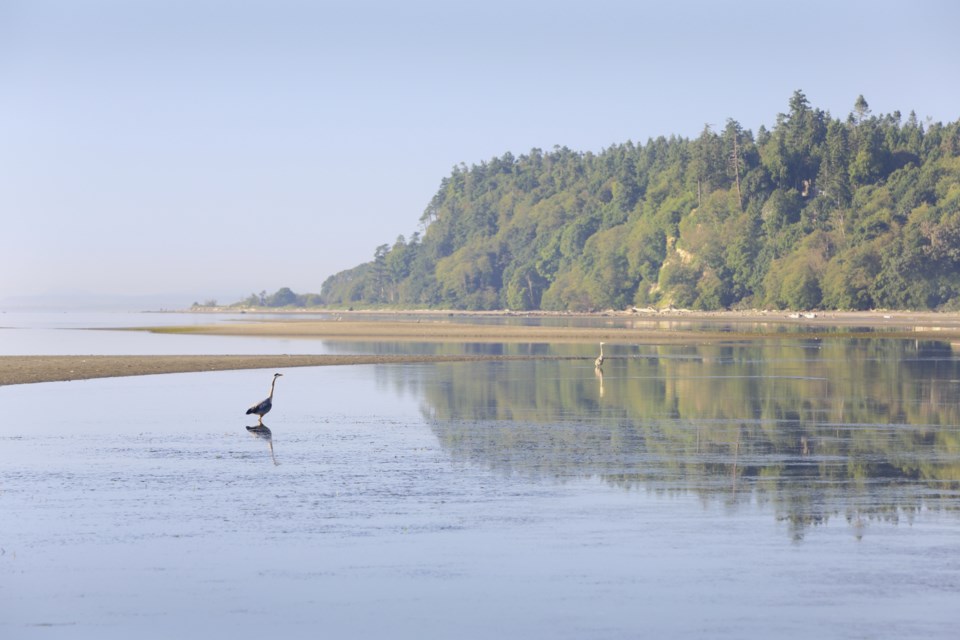
The International Boundary Commission measured the peninsula of Point Roberts incorrectly when drawing the border in 1846, using magnetic north rather than cartographic north. Because magnetic north moves around from year to year, Point Roberts is actually much larger than it should be. The same goes for the city of Blaine, Washington, most of which should technically belong to Canada.
(Image via ThinkStock)
Scottsdale Mall used to be a lake
Scottsdale Mall is situated where there was once a lake where you could rent boats.
North Delta was, like, totally Norwegian
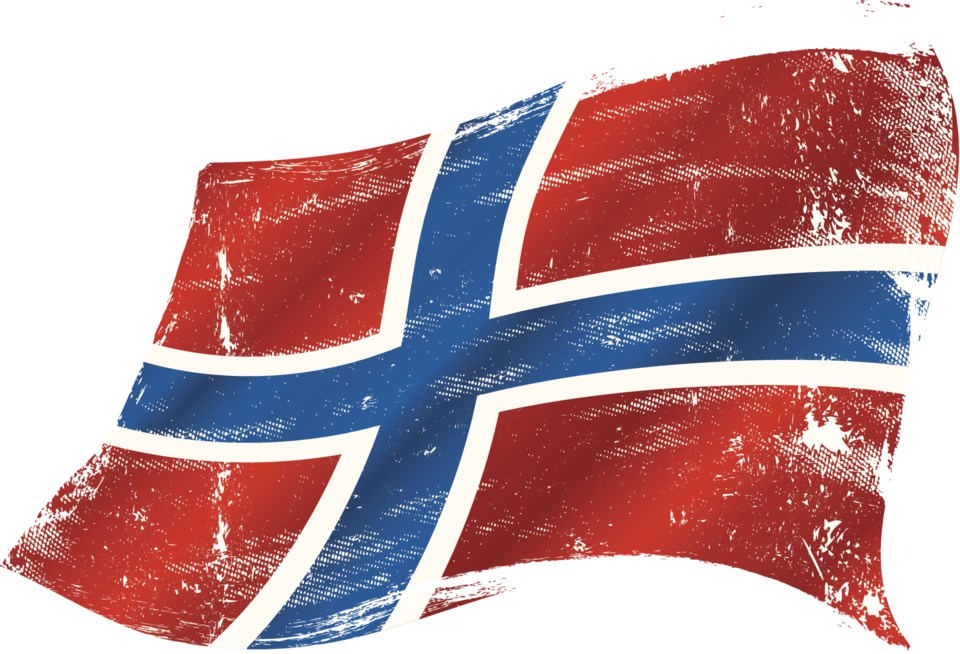
Before World War II, people in Annieville (the first settlement in what is now North Delta) spoke primarily Norwegian. During World War II, they decided as a community to only speak English to avoid being connected with being from Germany. There is still a strong contingent of Norwegians in the area.
(Image via ThinkStock)
Burns Bog saved the Allies…
…sort of. The peat mining operation in Burn’s Bog was a highly secret operation that helped in winning World War II. The process of smelting magnesium safely and inexpensively for use in artillery shells required peat. At one time, 5,000 people were employed to mine the bog for peat, after which it was shipped to Nevada to create the shells. The ammunition was then distributed throughout the entire Allied force.
And a local radio station saved us from the Russians…
…sort of. During the Cold War, what is now Boundary Bay Airport was used as a signals intelligence station by the operated by the Royal Canadian Corps of Signals. They intercepted Russian transmissions and deciphered them as an ongoing intelligence-gathering project.
And North Delta saved San Francisco…
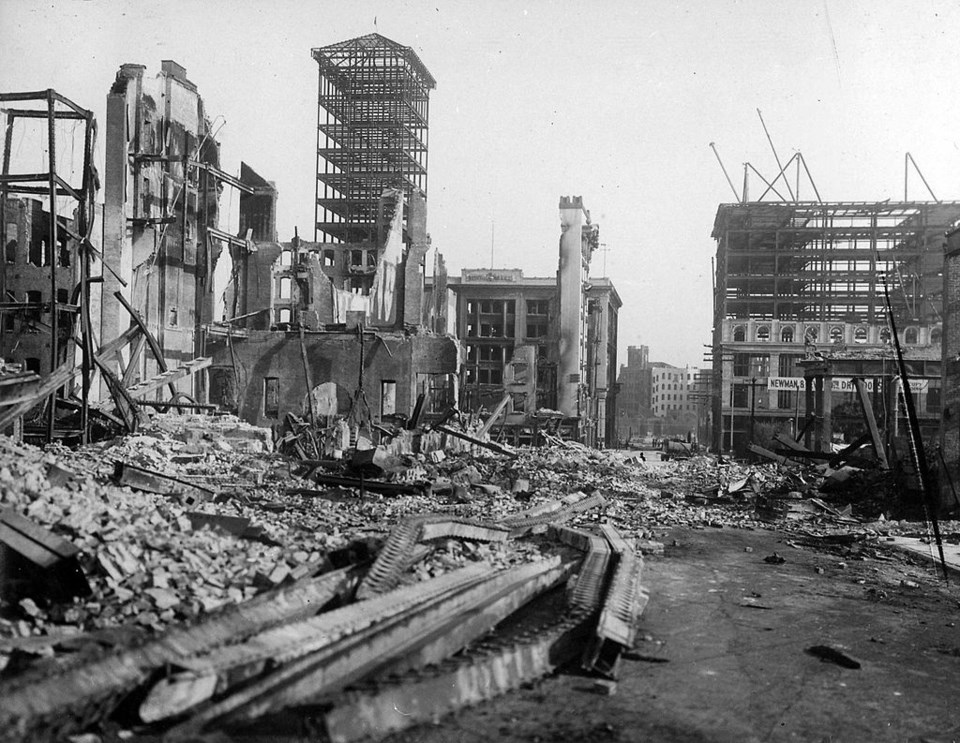
…sort of. Following the 1906 San Francisco earthquake, the forested land of North Delta was mostly cleared to send lumber for the rebuilding efforts to the region.
(Photo courtesy of the U.S. National Archives)
There once was oil…
…or so someone thought. There was an exploratory oilrig on 112th Ave. at Boundary Bay in the early 1900s. No oil was found, however. No return on investment was made and the rig was shut down.
John Deas was a free black man from South Carolina
The namesake of Deas Island(and Deas Island Tunnel, later renamed George Massey Tunnel) was a tinsmith who began one of the first commercial salmon canneries on the Fraser, but only lived there seven years before moving to Portland, Oregon.
He didn’t think the salmon industry was sustainable.
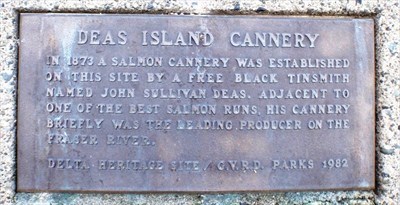
(Photo courtesy of www.waymarking.com)


